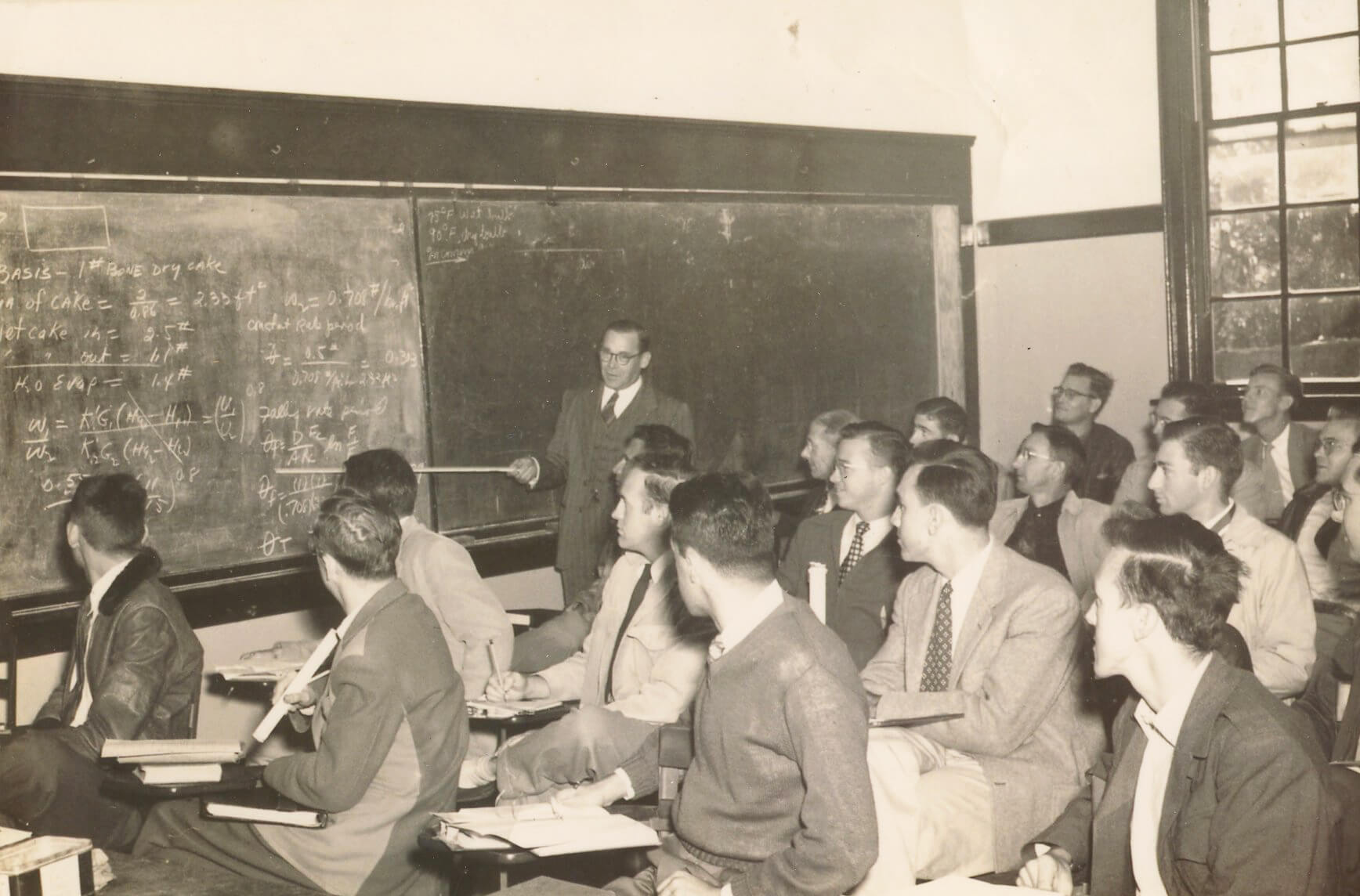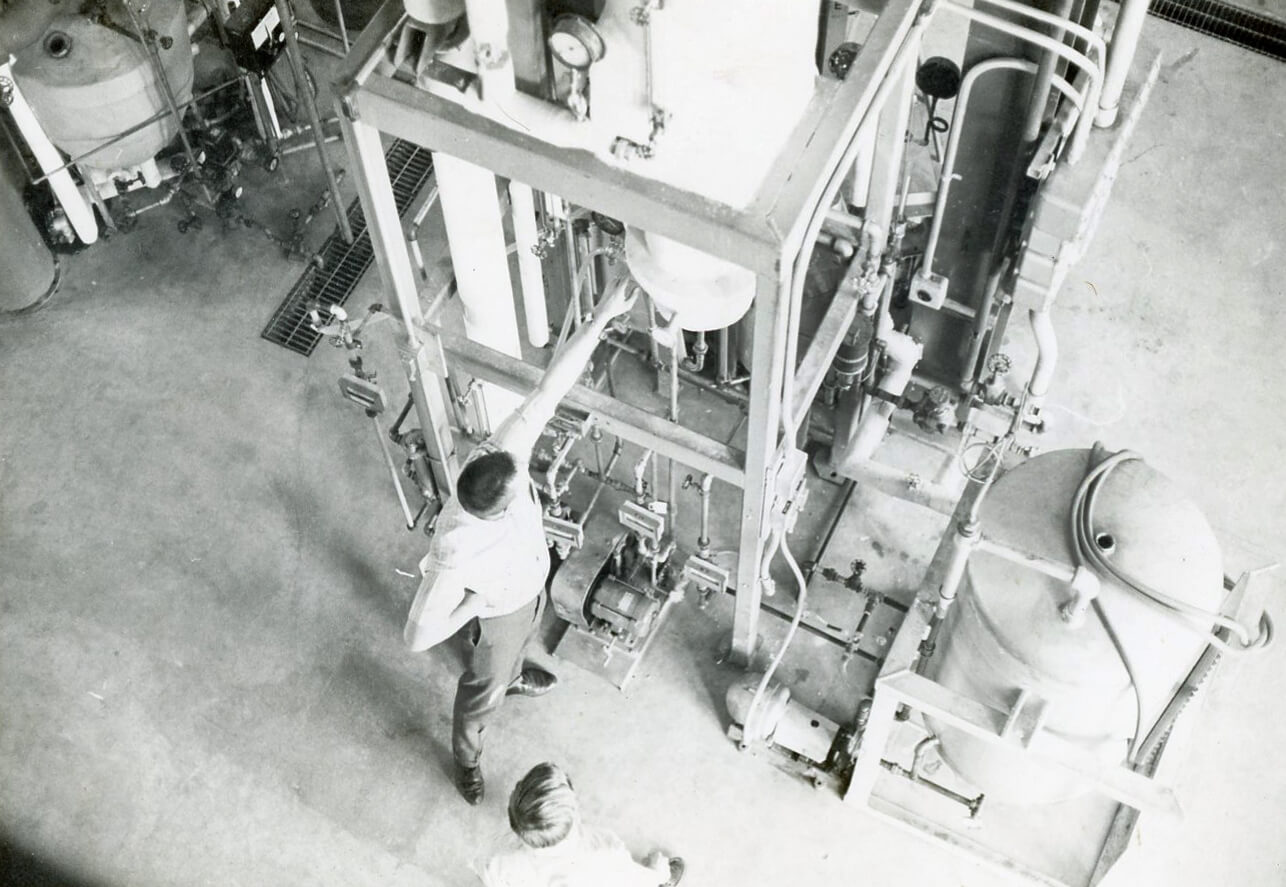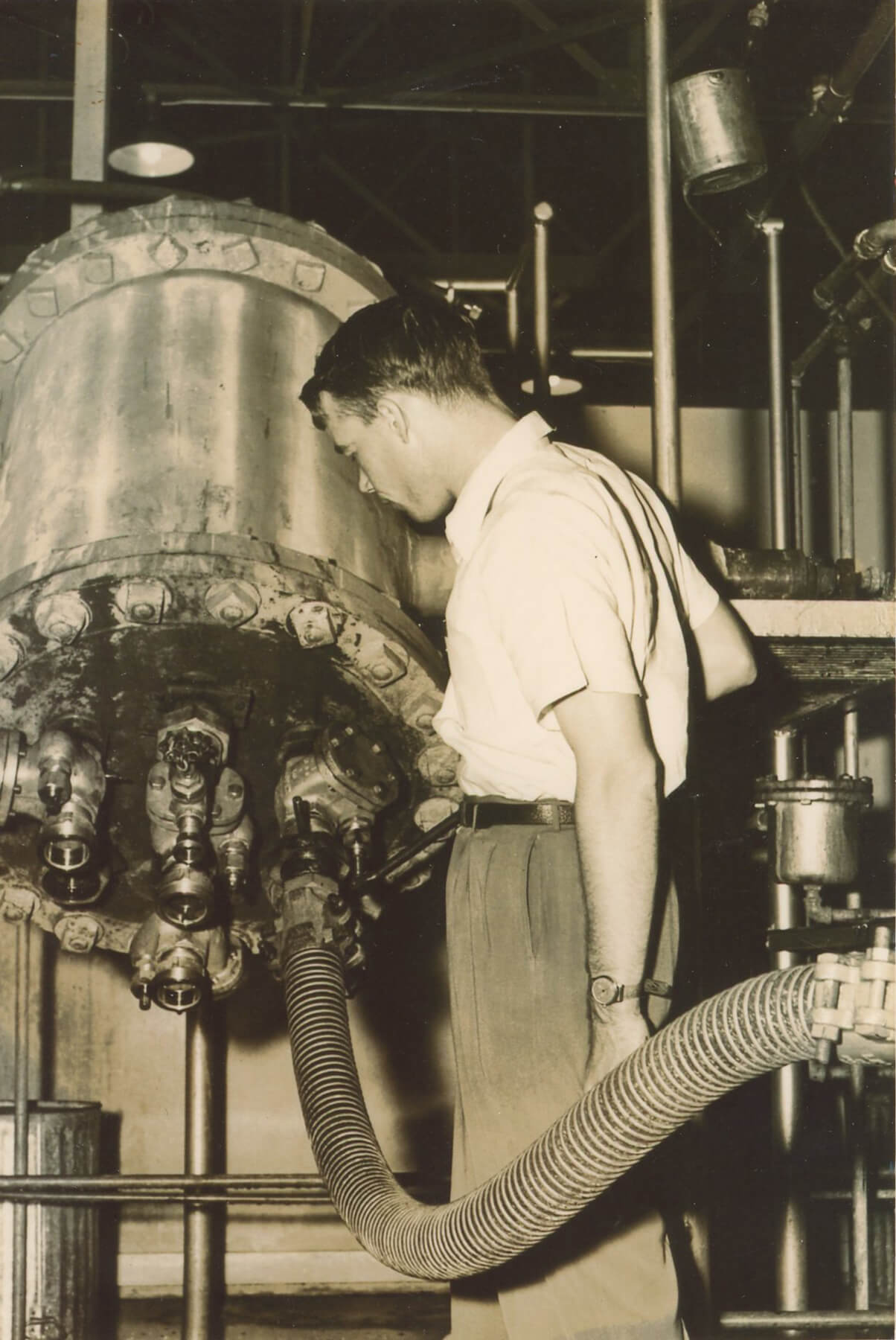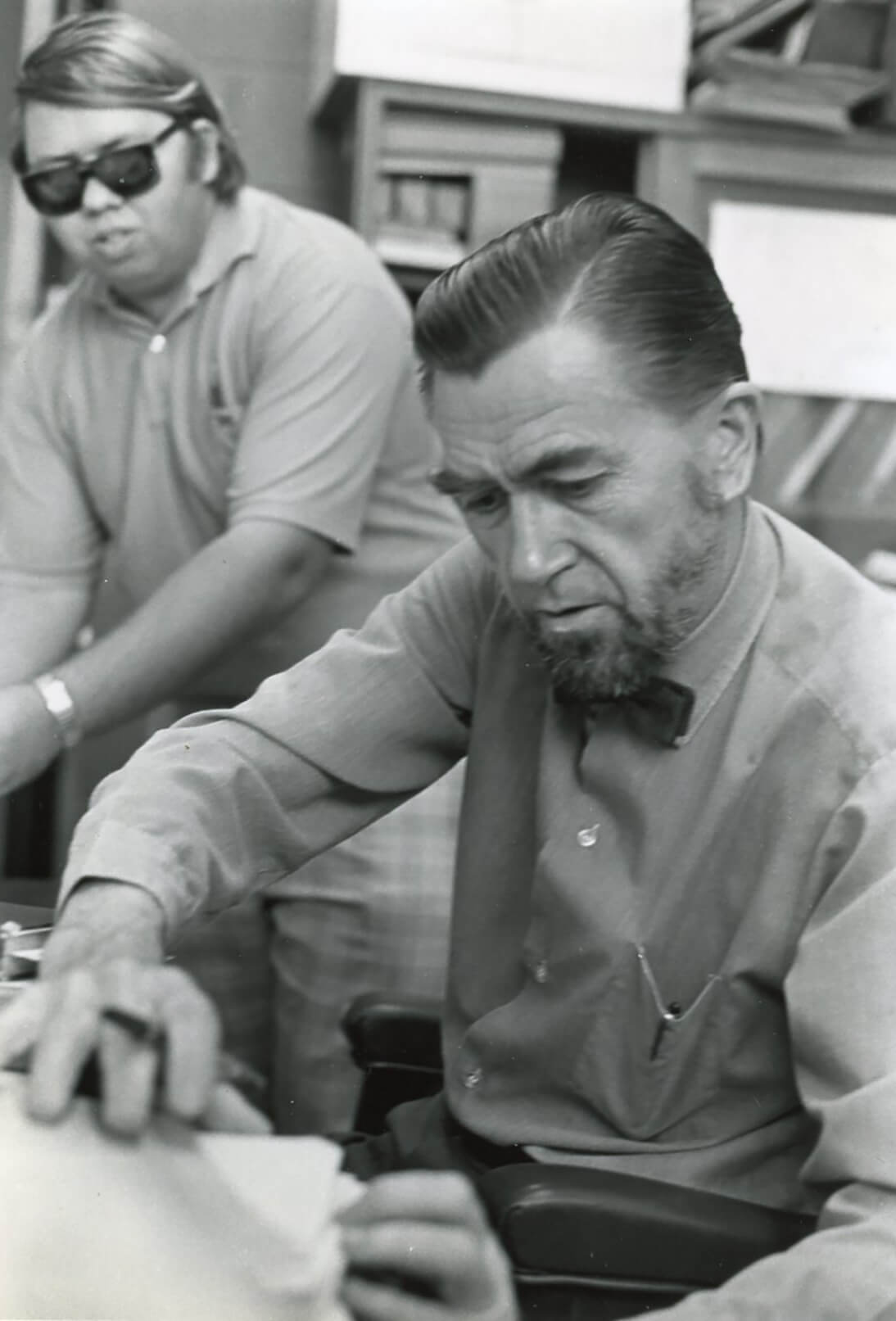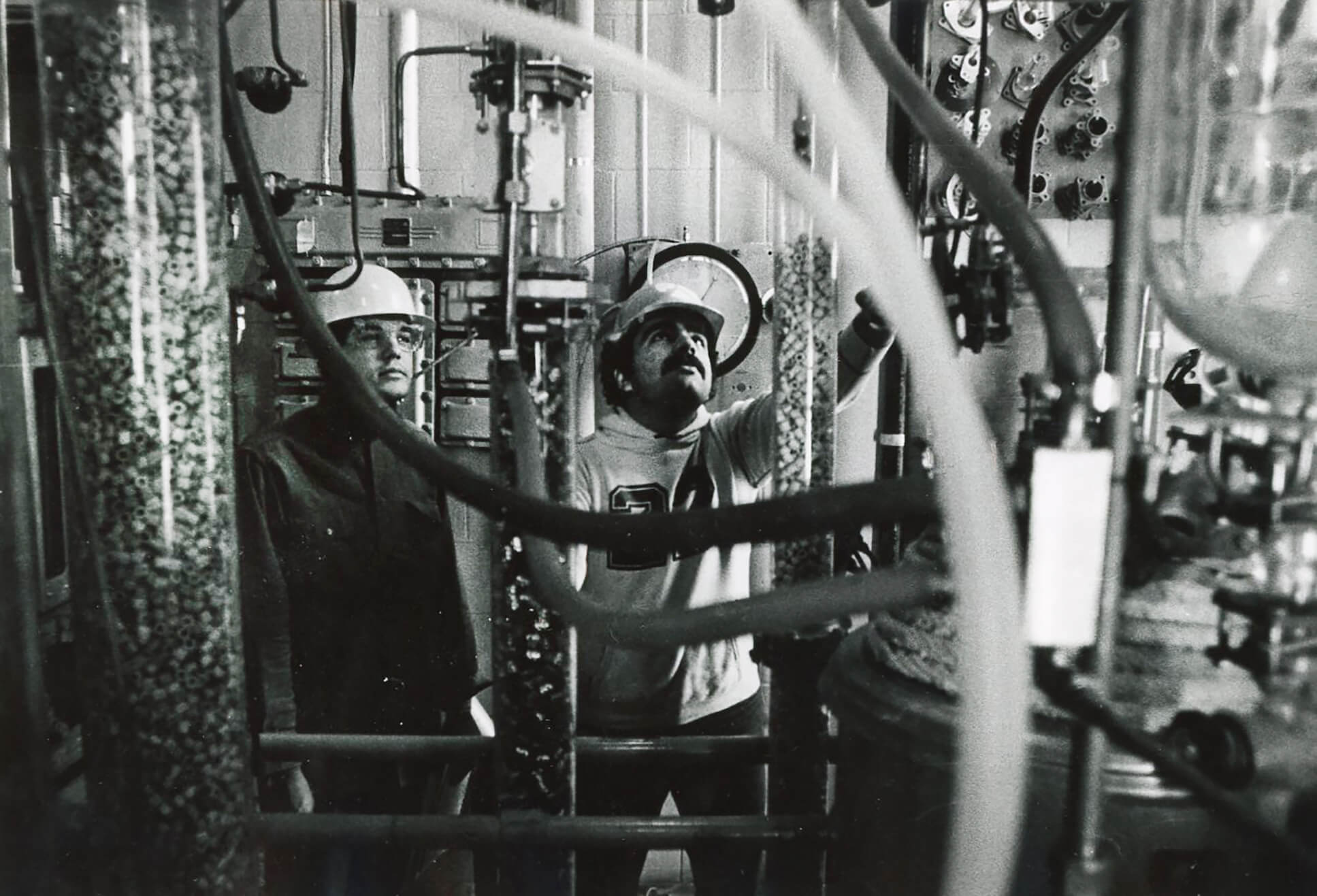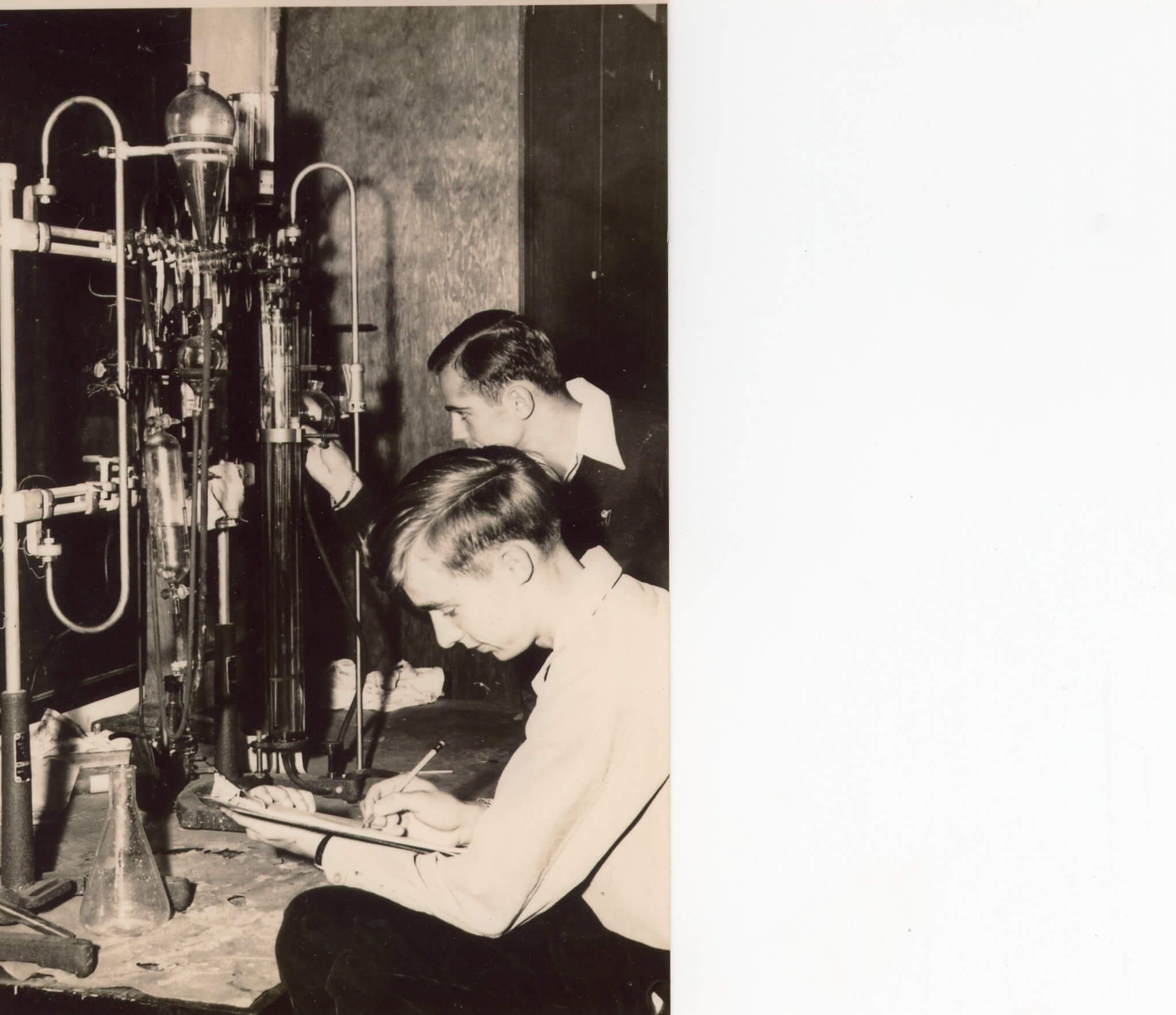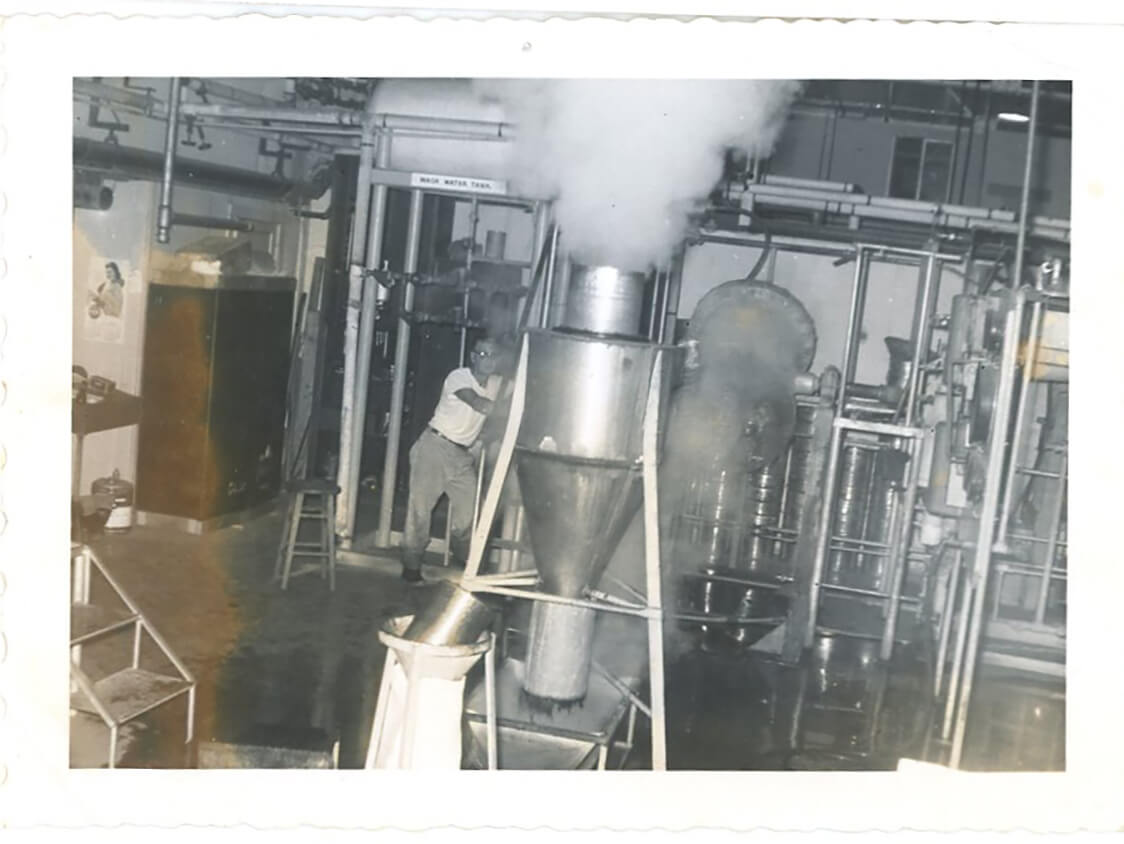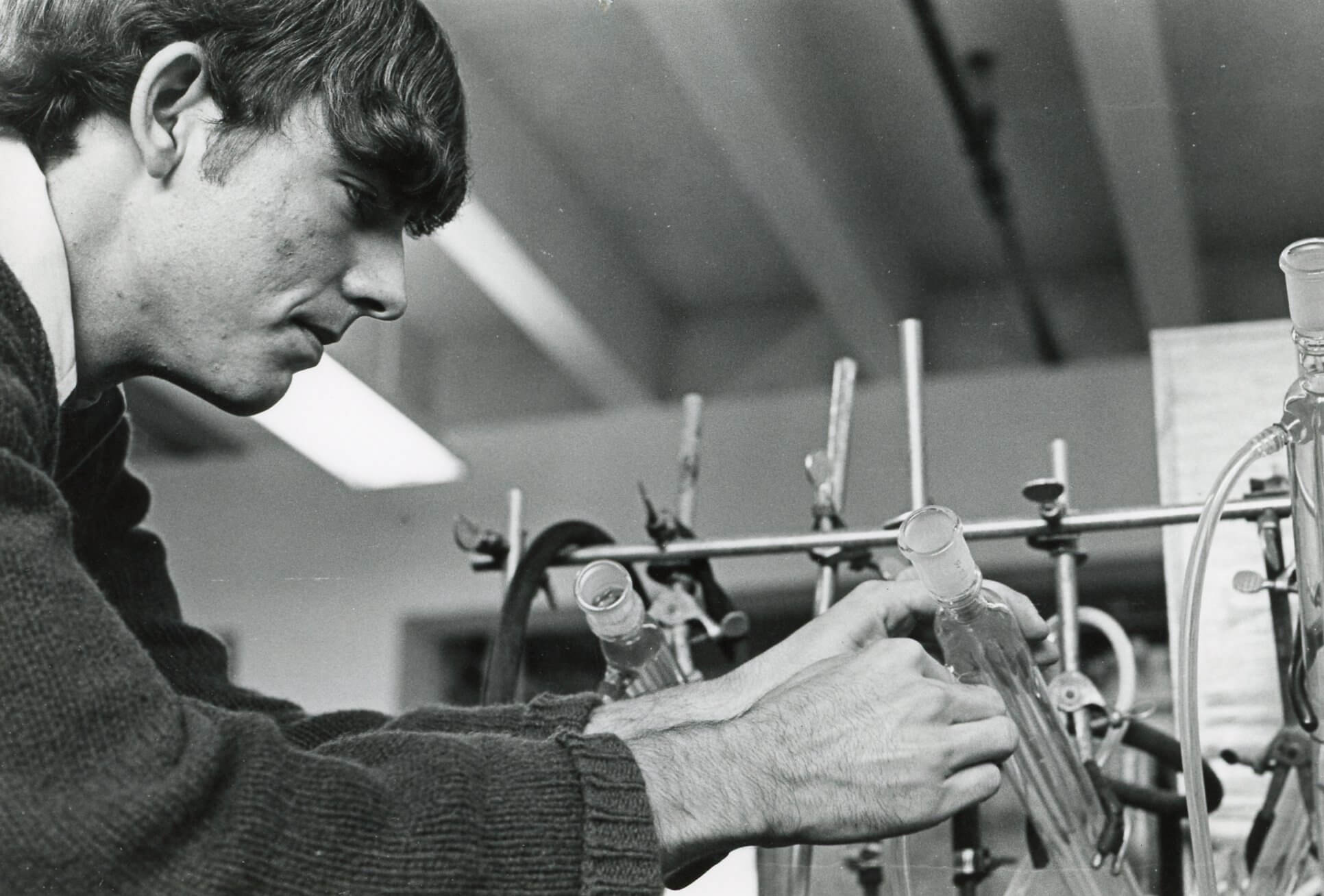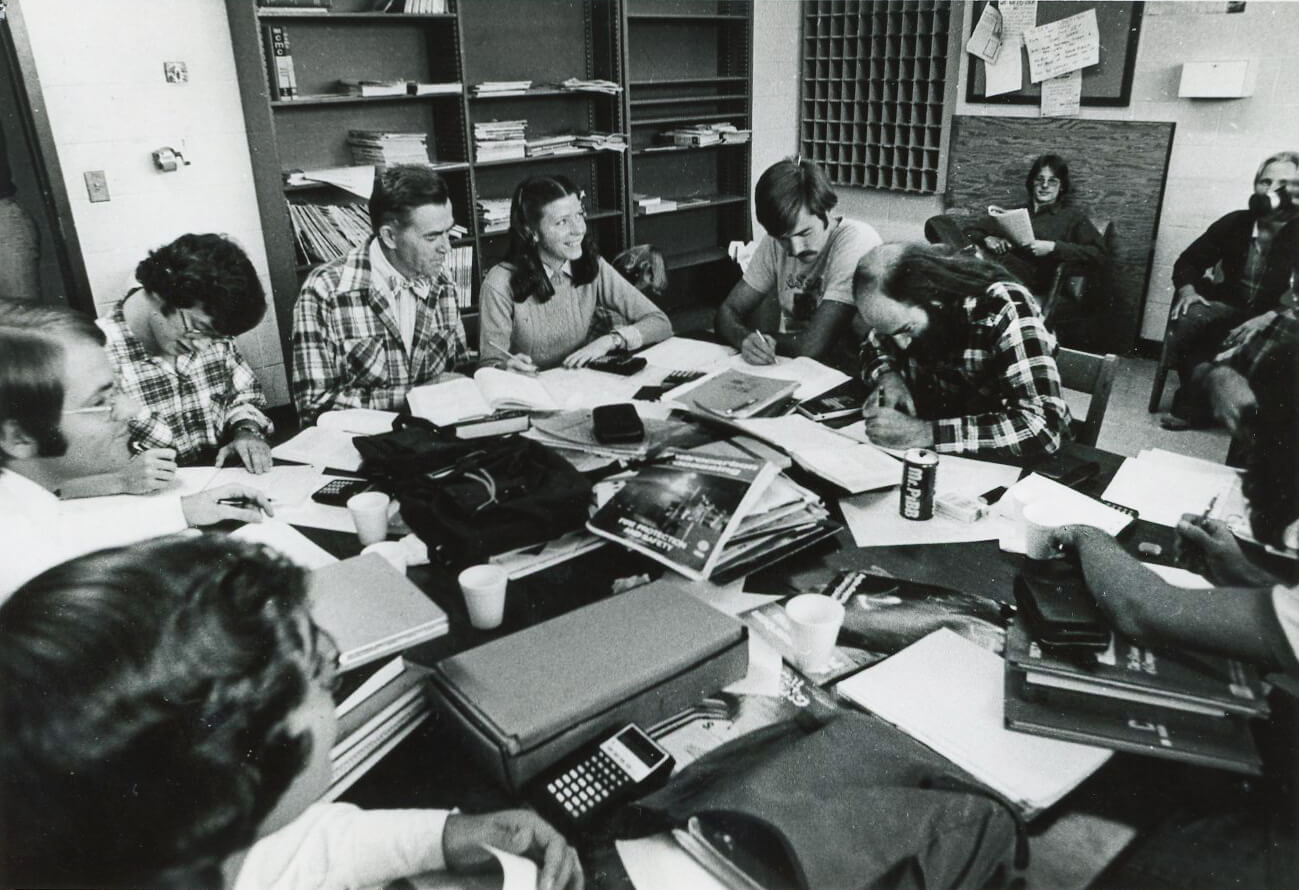Professor Mark Orazem started with the University of Florida in 1988, nearly 20 years after the current Chemical Engineering building was constructed. What does he remember most?
His office door.
“Because of the building’s shifting, unstable foundation, I would be unable to open the door to my office,” said Orazem, now a distinguished professor and associate chair for Graduate Studies in the Department of Chemical Engineering. “The next day, I’d come in, and the door wouldn’t shut.”
The building was eventually stabilized, allowing Orazem’s door to function as a door. But as game-changing renovations to that building ramp up, Orazem is among several longtime faculty members and staff with building stories – good and bad – to tell.
“I enjoyed seeing my colleagues in the old building. Most of us had an open-door policy, and I would offer coffee to them,” added Orazem, whose office was temporarily moved to a more crowded space in Rhines Hall during the renovation. “I didn’t realize how much that meant to me until I moved to Rhines Hall.”
Richard Dickinson, Ph.D., longtime professor and incoming interim department chair who previously served as chair from 2009 to 2017, recalls the building’s large freight elevator that provided passengers a view of the walls between floors as creaked up and down.
“Students from various graduation classes climbed on top of the elevator car to create graffiti honoring their class,” he said. “I believe spirited class graffiti from the ’90s exists there to this day.”
When he was department chair, Dickinson said an “awkward perk” was the private bathroom attached to his office.
“It was rarely used,” he said, “because (a) I hated the idea of the housekeeping staff cleaning up after the sole user (me), and (b) the thin walls would inform the office staff on the other side whenever I would use it.”
Longtime faculty members also cited a cavern beneath the building, which turned into an off-the-radar hang-out for students.
Chemical Engineering became its own department in 1916. Courses in chemical engineering began in 1905 as part of the Department of Chemistry and were taught by chemistry professors in Leigh Hall until 1939, when they moved to the now-demolished Benton Hall until 1950.
During World War II, the ROTC erected a Quonset hut airplane hangar for military training, near the current Stephen C. O’Connell Center. But when a new building was built for their operations in 1950, the hangar was acquired to expand engineering operations.
Shirley Kelly, the graduate academic advisor who has been with the department for 58 years, experienced working in the hangar firsthand. She remembered the 21,350-square-foot metal building was either “too hot or too cold or too leaky or too stinky.”
But it was home for over 20 years and was fertile ground for groundbreaking research.
In 1969, the current 51,000-square-foot facility was built; a brick and concrete department hub for 56 years. The renovation is expected to take about three years, and the building is expected to serve the department well for at least another 50 years.
